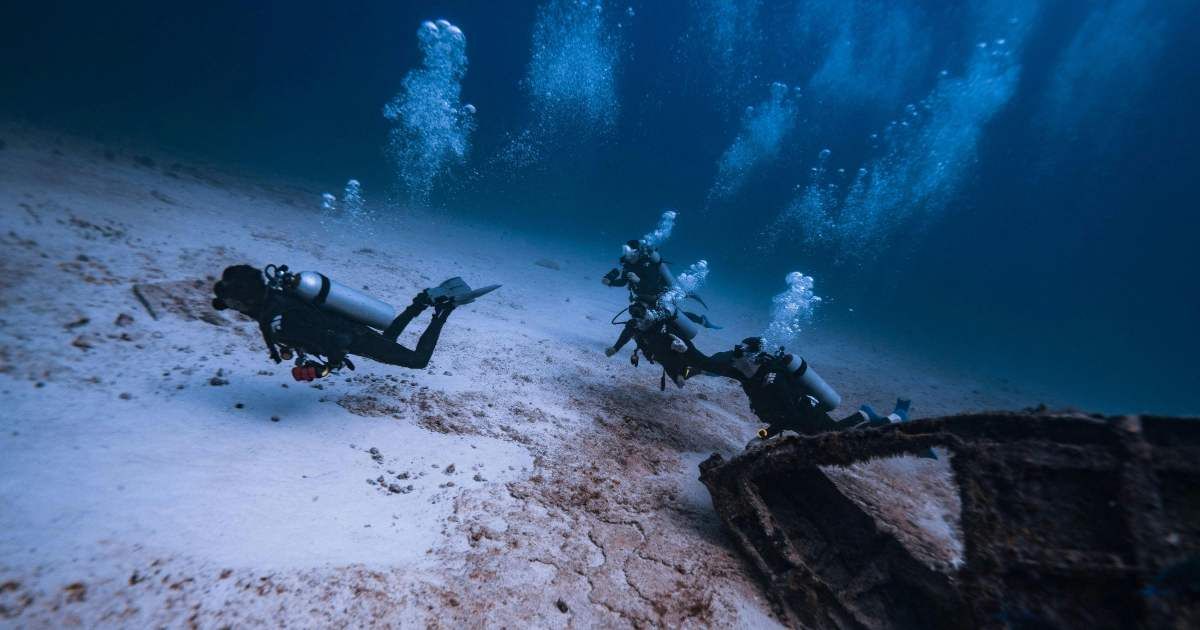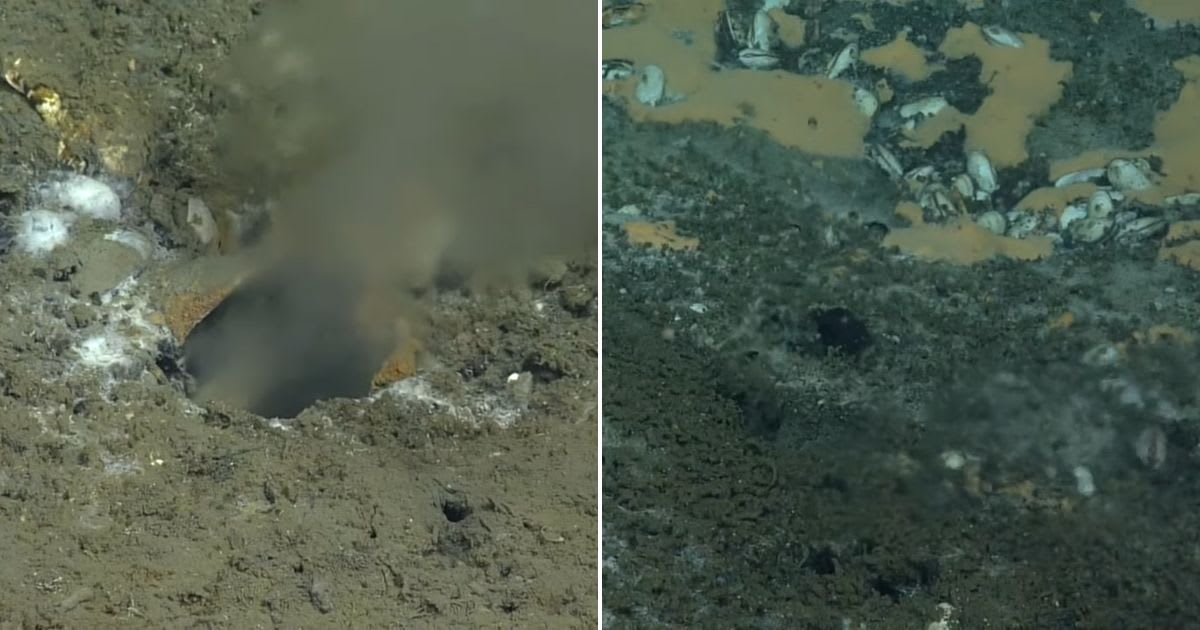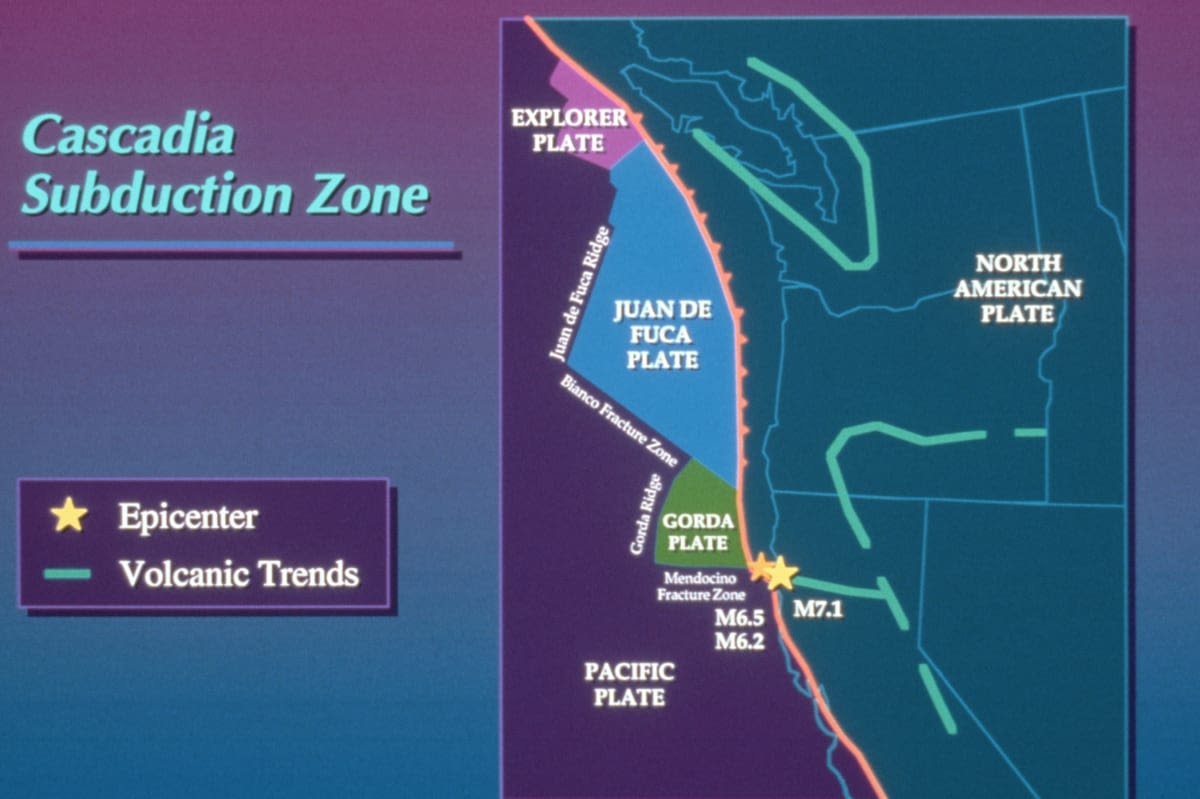The Ocean Has a Leak: Scientist Accidentally Spotted Bubbles Rising From a Hole Deep Inside the Pacific

From rising water temperatures to severe acidification, several oceans across the world have been facing troubling changes for the past few years. Due to growing water pollution, overfishing, and a few other reasons, underwater ecosystems are being disrupted, coral reefs are dying, and many marine species are struggling to survive. In addition to this, some hidden processes occurring beneath the surface could also provide significant details about the oceans. In one such strange incident, researchers discovered an unusual leak on the Pacific Ocean floor, with constant bubbles rising to the surface. The phenomenon was first noticed by an oceanographer named Brendan Philip.

During an expedition, Philip first noticed the unusual vents after his research ship’s sonar picked up signals showing streams of bubbles rising from the ocean floor. Evan Solomon, a seafloor geologist, spoke about the discovery and said, “What they saw was not just methane bubbles, but water coming out of the seafloor like a firehose. That’s something that I’ve never seen, and to my knowledge has not been observed before.” The fluids released were about 16°F warmer than the surrounding seawater, suggesting they were coming from deep within the Earth’s crust. The samples also contained high levels of minerals like boron and lithium, as reported by Live Science.

The leak is termed as Pythia’s Oasis, and it is a spring of nearly fresh water that flows up from beneath the seafloor. It emerges through a geological fault known as the Cascadia Subduction Zone, which stretches from Vancouver Island to a point in Northern California. It’s a spot where two tectonic plates in Earth’s crust meet and move against each other, and the water from Pythia’s Oasis helps keep them lubricated, reducing the friction. Experts located the leak off the coast of Newport, Oregon, at a depth of around 3,412 feet, and conducted detailed research to know more about the vents.
The findings were revealed in a study published by the journal Science Advances. While bubbles on the seafloor often signal hydrothermal vents full of marine life, this spring is different — and concerning, too. The water that is leaking out is important for keeping the fault stable, and if too much of it escapes, it might increase the risk of earthquakes in some parts of the U.S., as reported by Popular Mechanics. While we can’t control the movements of tectonic plates, tracking their activity and changes can better prepare us for any possible natural disasters.

Scientists still don’t completely understand the complex system beneath the discovered vents, making it difficult to predict any future impact of the fluid flow. But, Demian Saffer, director of the University of Texas Institute for Geophysics, explained that the leak might slowly be draining the fault. He said, “What we don’t know is how big an area that’s happening, and we also don’t know how much that’s changing the pressure and stress on the fault. Those are the kinds of things that would be natural next steps to try to figure out.”
You can watch the video here.
More on Green Matters
Scientists Spotted Bizarre 'ET-Like' Creatures Under Pacific Ocean — Then, They Took a Closer Look
Pacific Ocean Turning Into a ‘Ticking Timebomb’ as Scientists Make a Scary Discovery On Its Floor
Scientists Finally Know What's Causing the ‘Bloop’ Sound in the Southern Pacific Ocean